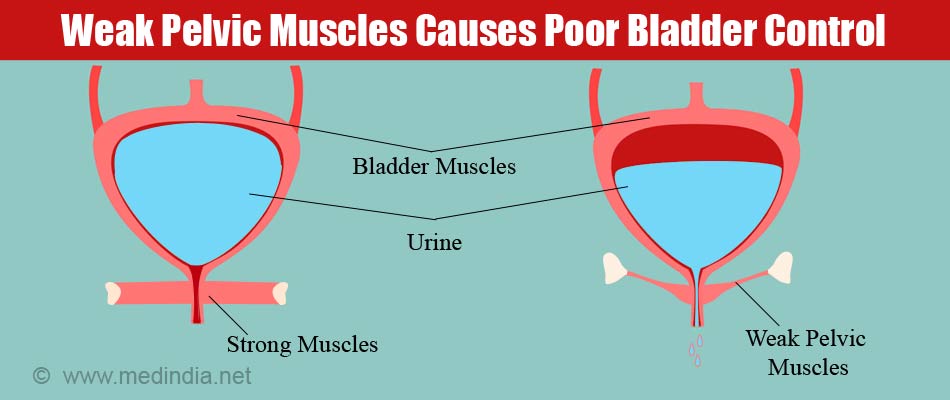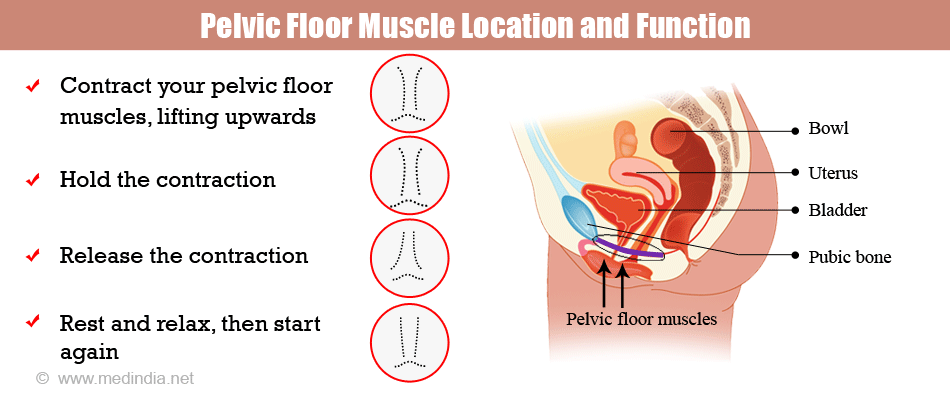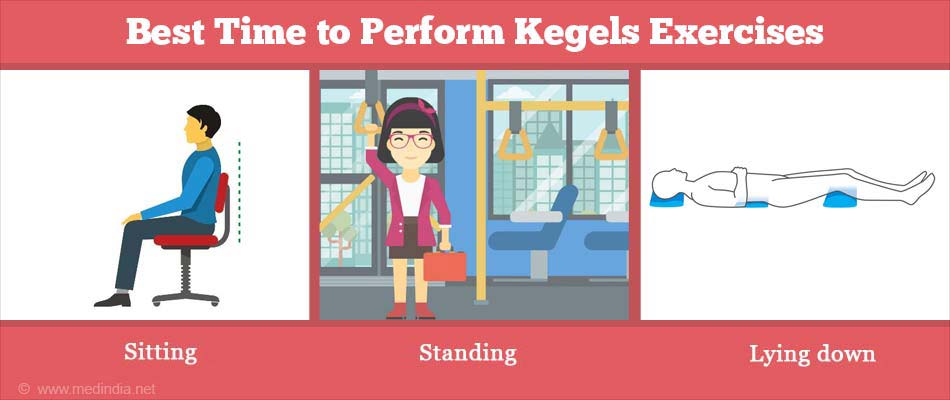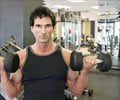- Kegels Exercises for Men - (https://www.mayoclinic.org/healthy-lifestyle/mens-health/in-depth/kegel-exercises-for-men/art-20045074?pg=1)
- Kegels Exercises: Benefits How to Do Them - (http://americanpregnancy.org/labor-and-birth/kegel-exercises/)
- Kegel Exercises - (https://www.mayoclinic.org/healthy-lifestyle/womens-health/in-depth/kegel-exercises/art-20045283?pg=1)
What are Kegel Exercises?
Kegel exercises are basically pelvic floor exercises that help in strengthening the muscles supporting the organs in the pelvic regions, i.e. the urinary bladder, small intestine, uterus, and rectum. These exercises help women in labor and delivery by strengthening the uterine and vaginal muscles. In men, Kegel exercises are recommended to help improve bladder control and reduce urinary incontinence.
Kegel exercises can be performed at any time. Discussed below are the health benefits and ways to perform these exercises.
Function of pelvic floor muscles:
- The muscles keep the organs in pelvis which includes the bladder, uterus and rectum in place and stops them from prolapsing down.
- They are important for keeping a person continent.
- They help with sexual activity. Strong muscles means better contraction of the pelvic floor muscles.
Who Should Perform Kegel Exercises?
- Kegel exercises are recommended for both men and women who suffer from urinary and / or bowel incontinence or other similar problems caused by pelvic floor weakening.

- Pregnant women should perform these exercises as it helps in making the process of labor and delivery faster and less painful.
- These exercises are also good for women who have already had a childbirth as they strengthen the pelvic muscles.
Benefits of Kegel Exercises
Several factors such as age, constipation, surgery, pregnancy, childbirth, chronic cough, or being overweight can weaken the pelvic floor muscles leading to difficulty in urine/bowel control. Kegel exercises have numerous benefits for both men and women if performed regularly.
Pregnant women who regularly perform Kegel exercises are often found to have an easier childbirth. Contracting and relaxing the pelvic floor muscles during pregnancy strengthens them and help in better control of these muscles during labor and delivery. It also helps in reducing common problems associated with pregnancy such as decreased bladder control and hemorrhoids.
Post pregnancy, these exercises promote perineal healing and better bladder control, and strengthen pelvic muscles. Even middle aged or older woman can perform these exercises to strengthen pelvic floor muscles.
In men, factors such as benign prostatic hyperplasia (BPH), prostate removal surgery (radical prostatectomy), diabetes, obesity, and an overactive bladder, can weaken the pelvic floor muscles. These exercises help men who suffer from urinary or bowel incontinence and dribbling after urination.

Steps to Perform Kegel Exercises
- Identify the right muscles:
- Insert your finger in the vagina and try and squeeze the finger with the vaginal muscles
- Try to stop passing urine in midstream
- Try and stop moving your bowels
- Tightening the muscles squeezes the finger or stops urination
- The muscles that you tighten or contract to stop urination are the pelvic floor muscles you will be working to strengthen during Kegel exercises
- Technique: Kegel exercise technique involves contracting and relaxing pelvic floor muscles. Once you have identified the muscles, contract these muscles for about 5 seconds and then relax them for 5 seconds. Continue this for about four to five times in a row. Next you can try contracting and relaxing for about 10 seconds.

- Repeat three times a day: Try to perform this exercise for about three times in a day in a set of 10 contractions each.
- Be careful not to contract the muscles of the abdomen, legs, and buttocks. Focus on the pelvic floor muscles only. Also avoid holding your breath, keep breathing freely while doing the exercise.
Caution
Do not make it a habit to stop urination in the middle as it can affect pelvic floor muscles adversely. It is advised to empty your bladder completely before doing this exercise.
Remember that kegel exercises are less helpful in certain medical conditions like severe urine leakage when coughing, sneezing, or laughing, and overflow incontinence (unexpected leakage of small amount of urine due to a full bladder).
What is the Best Time to Perform Kegel Exercises?
Begin practicing these exercises while lying on your back with the knees bent. Place a pillow under the knees while they are bent so that the muscles around the hips and buttocks are relaxed. This is a good position to begin practicing Kegel exercises, by contracting and relaxing the pelvic floor muscles only. As the task gets easier, you can perform it while sitting, standing, or lying.
Make this exercise a part of your daily schedule. The best part of Kegel exercises is that you can perform them anytime, even when you are sitting on a chair or standing in a bus or when lying down in bed.

What if I Find it Difficult to Perform Kegel Exercise?
If you are facing any difficulty while performing these exercises, do not be embarrassed to discuss the same with your healthcare provider. They will help you identify the exact muscles, and their guidance will help you in overcoming the difficulty. There are techniques such as a vaginal cone or biofeedback sessions which help in performing Kegel exercises.
Vaginal cone: In some cases, a vaginal cone is inserted into the vagina and the woman is asked to hold it in place by contracting the pelvic muscles while performing daily activities.
Biofeedback session: In this, a pressure sensor is inserted into the vagina or rectum. As you relax and contract the muscles, a monitor will measure and display the pelvic floor muscle activities. Research suggests that this is more effective in treating fecal incontinence.
How Long Does it Take to See Results?
If you follow the exact technique and perform the exercise regularly, you will be able to see lesser urine leakage or better bladder control within a few weeks to few months. Women who perform these exercises during pregnancy have reported having better muscle control during childbirth. Make Kegel exercise a part of your daily routine permanently, for continued benefits.













